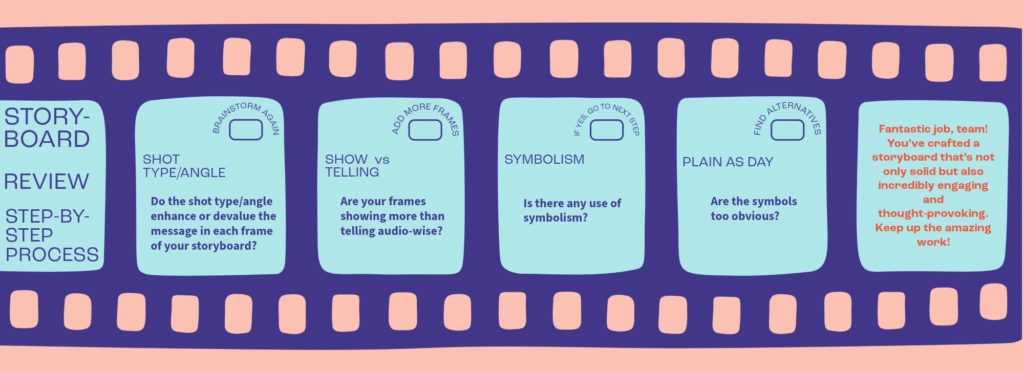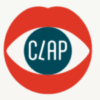- Start by choosing a tool to record the general outline of the story/argument that the group has constructed: a white board, flipchart papers or a collaborative online app
- Draft together the key points of the story:
- The character/s, its key features, characteristics and background;
- The main succession of events in a plot line: trigger, no-return point, development, top crisis and resolutions.
- Now let’s test the written argument while discussing with the group critically about the events and actions from a culturally sensitive lens, while finding and identifying the presence of possible stereotypes and clichés to be eliminated:
- Let the group choose the perspective of one character, as a narrator, to tell the story and start drafting the narrative in a short form;
- In the second round, choose a second character perspective, as a narrator, and draft the narrative again – this can test the change of perspective effect and its effects ( example: the journey of a migrant person to find a housing solution in the country of arrival, facing various bureaucratic barriers and prejudice; the journey of the social action technician who accompanies the case and also comes up against the frustration of the lack of agility in the procedures and is unable to support in the best way)
- The group should look at the narratives and search for the representations, stereotypes and identity traces in both the character and the plot; do a reflection about the intentionality of those representations and its utility for the main goal/feeling/message of the film.
- In this exercise, the group should be more ready to finalise the script / storyboard to support the production – use a template that best suits the group, or the example given in M2.
Diversity – 1d. Drop the pen

Category: Storrytelling
Objectives:
To develop critical thinking skills by integrating critical feedback and new perspectives for the scenario.
Short Description:
This is an activity that allows you to approach the story from general to specific points of view. Zooming out to a general perspective, having the group reading the entire narrative that had already been thought out and structured – but also zooming in, allowing the group to focus on specific perspectives, clearing up stereotypes, loose ends and the film’s message. To stimulate a moment of critical and collective reflection on the themes of diversity and inclusion, readjusting approaches and the concept of the script to new input that may arise – realise a more finalised version of the script.
Module:
Module 2 > chapiter 2 > section 2
Duration
60-90 minutes
Number of participants
Adaptable (ideal groups between 10-30 people).
